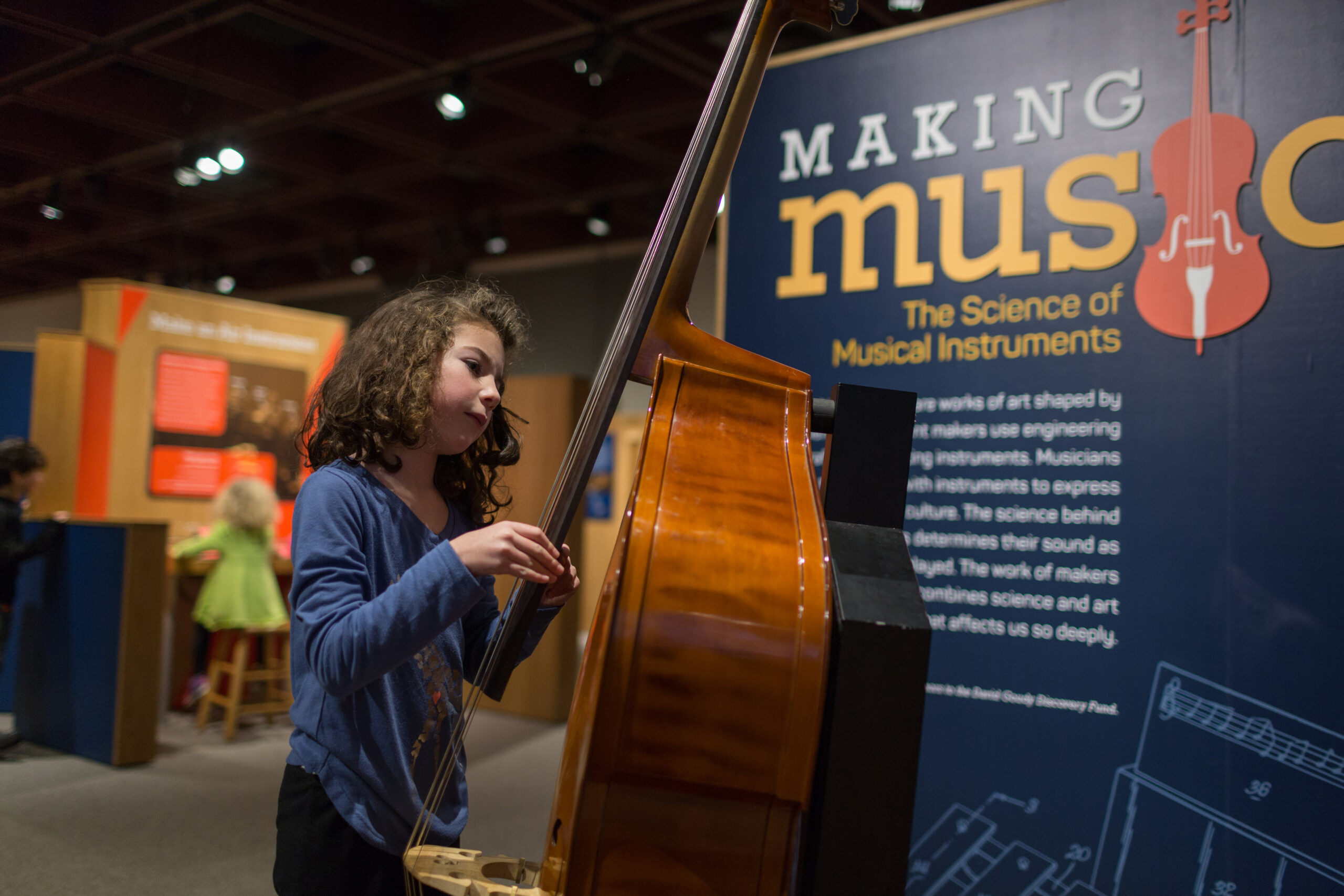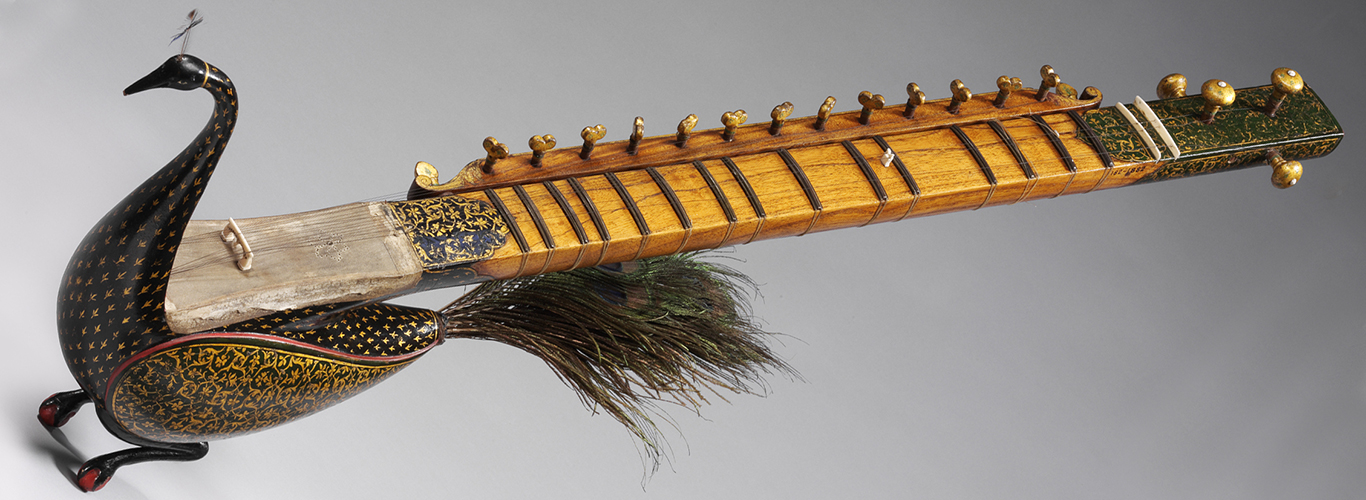Crafting Harmony: The Art and Science of Musical Instrument Making
Behind the enthralling songs delivered by instruments lies a many-sided mix of masterfulness and logical comprehension. The art of making instruments is a fragile dance among custom and development, where talented craftsmans consolidate extremely old strategies with present day progressions to make instruments that are wonderful as well as acoustically predominant.
From the choice of materials to the fastidious gathering, each move toward the instrument-production process adds to its last voice. For string instruments, the decision of wood assumes a pivotal part in deciding the instrument’s apparent qualities. The wood’s thickness, grain design, and mature all impact the sound it will deliver. Luthiers, the producers of string instruments, cautiously cut and shape each piece to enhance reverberation and projection.
Console instruments, with their complex mechanical frameworks, require accuracy designing. The course of action of mallets, strings, and keys should be amazing to guarantee an even strong across the whole reach. The pianoforte, a predecessor of the cutting edge piano, saw the joining of early developments in elements, permitting performers to control the volume of each note — a huge jump in melodic articulation.
As of late, mechanical headways have pushed the limits of instrument making. Electric violins, guitars, and consoles have extended the sonic range accessible to performers, while keeping an association with the conventional structures.
Agreement Reverberating Through Time:
Whether it’s the heartfelt cry of a violin or the roaring harmonies of a stupendous piano, instruments that utilize strings and keys have made a permanent imprint on human culture. They’ve developed through hundreds of years, rising above ages and types to make an ensemble that traverses periods. The specialty of making these instruments, with its mix of custom and advancement, keeps on guaranteeing that the congruity they make resounds through time, contacting the hearts of the people who tune in and helping us to remember the persevering through force of music.





